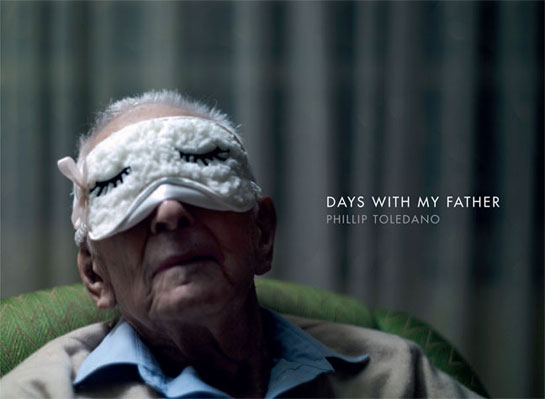Review: Days With My Father by Phil Toledano

To a very large extent, the value of a portrait is determined by its emotional contents: A photo of a person that moves us - in whatever way - has much more of an impact on us than one that leaves us cold. This aspect of portraiture is especially important for images of a photographer’s immediate family, where the artist’s task is to produce photographs that take the emotional qualities s/he knows very (often too) well and to share them with the viewers: The artist has to detach her/himself to some extent to avoid falling into the trap of sentimentality (or outright kitsch), while s/he can’t allow her/himself to become too detached. (more)
If I remember the conversations with him correctly, Phil Toledano never set out to produce the body of work that became Days With My Father consciously; but that still doesn’t explain how he managed to produce a body of work that is so genuinely moving (there is a microsite containing the work).
Ultimately, we might not even really need to know how he did it. There is something to be gained from not knowing everything, from keeping a little mystery here and there. What’s life without those mysteries?
What does matter is that the work is now available in book form, as an unassuming little book whose size and design mirrors the intimacy of the father-son relationship portrayed inside its pages. This needed to be a small book, something you can hold and handle easily, something inviting, something that despite its contents does not come across as too precious to be looked at over and over again. And you will look at it over and over again.
Days With My Father is the most poignant and moving book about a father-son relationship one could imagine. A true gem of a book.
Days With My Father, photography and text by Phi Toledano, 92 pages, Chronicle Books, 2010